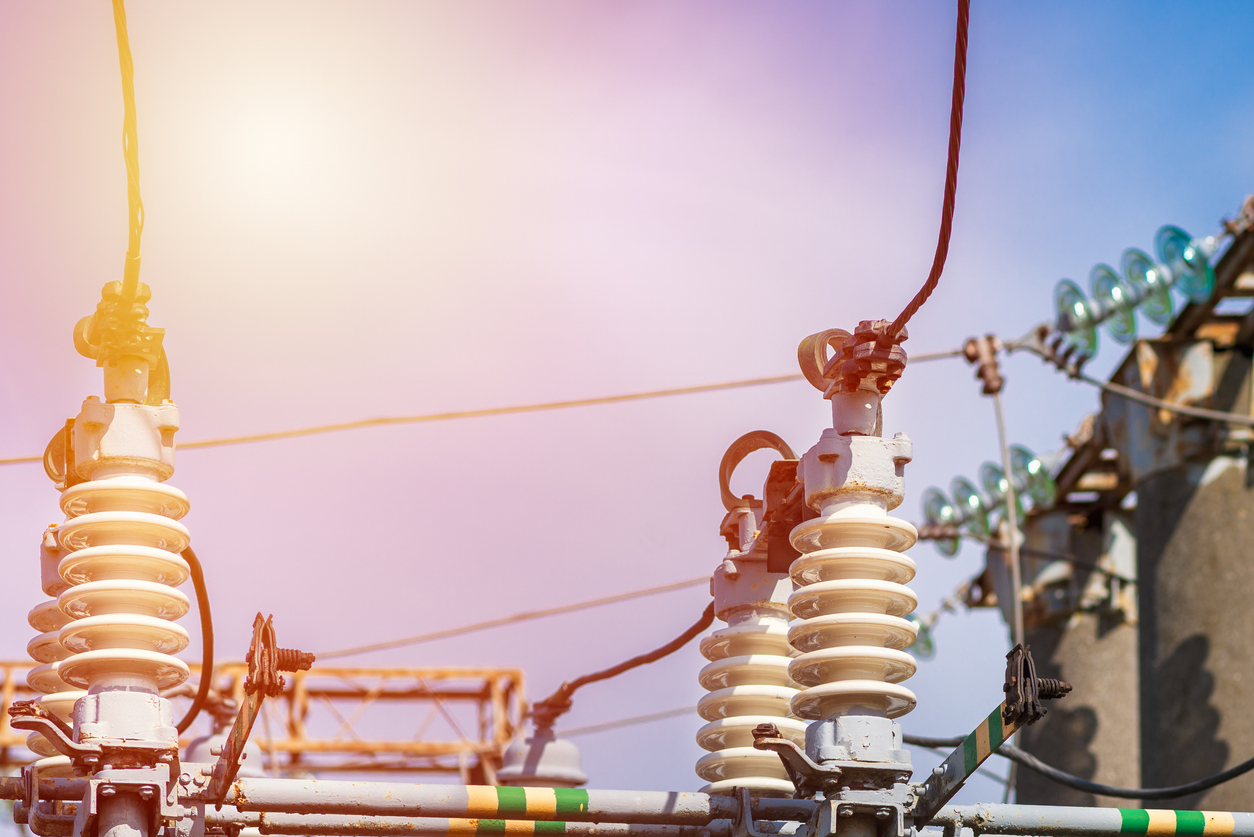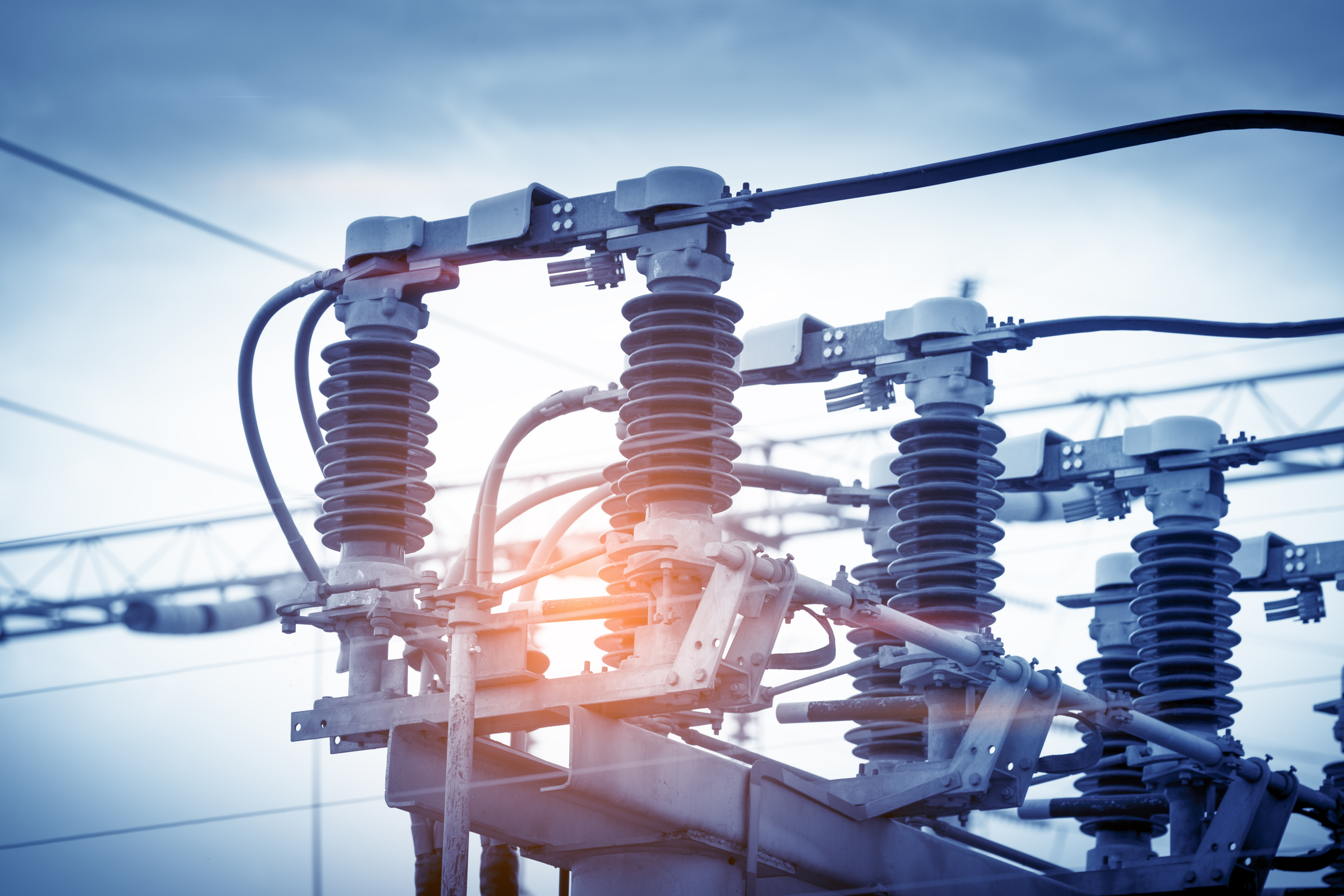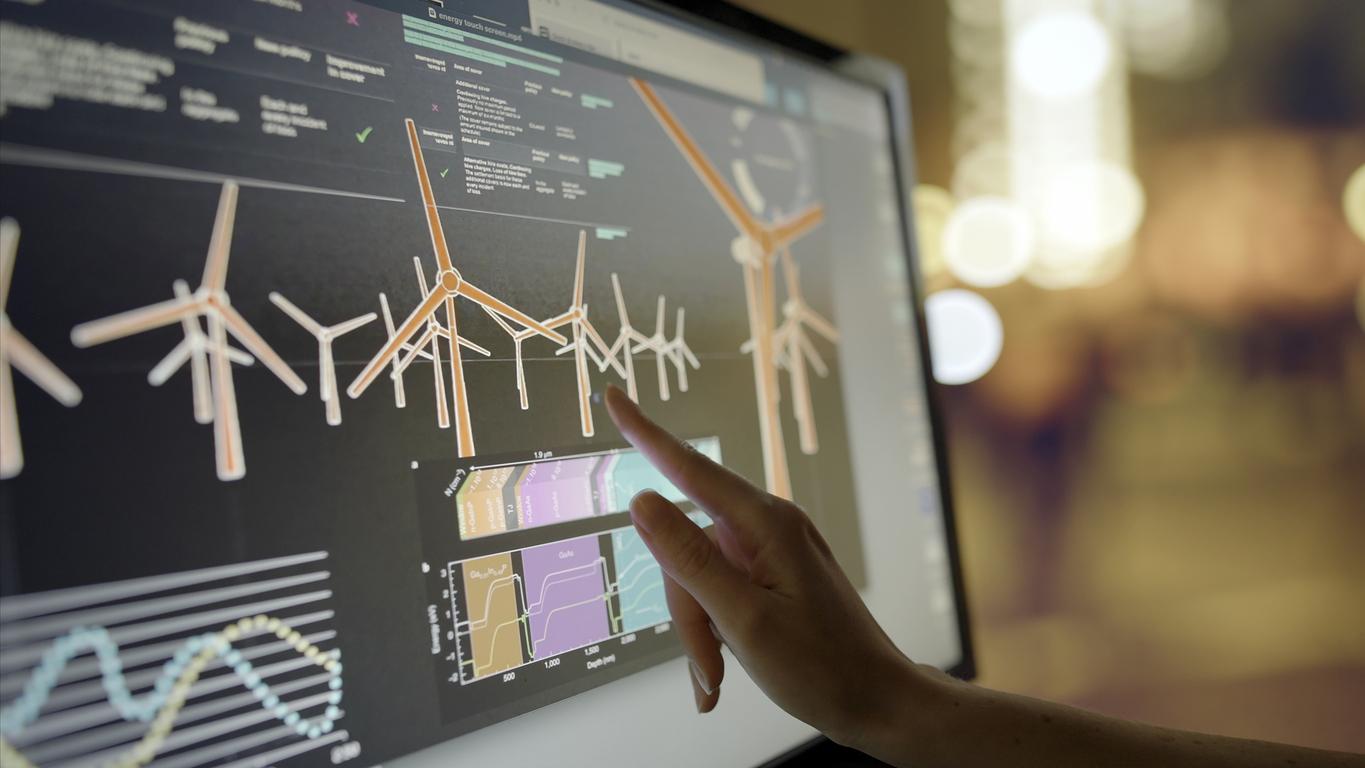Discover what Red Eléctrica is, what we do, and why we are the backbone of the electricity system in Spain and the ecological transition.
Ancillary Services
Ancillary Services
To maintain a constant balance between energy demand and production, regulations establish a series of tools that are used for system operation to guarantee electrical supply.

Mechanisms that Help Balance the System
Since electricity cannot be stored in large quantities, the system operates in real-time, 24 hours a day, 365 days a year.
Our primary function as the Spanish national system operator is to ensure a constant balance between the energy needed (demand) and the energy produced (generation), in order to supply the required amount of energy where and when it is needed.
This requires a set of tools or mechanisms that guarantee the continuity of supply at all times: the system balancing mechanisms.
Resolving Technical Constraints
A technical constraint is any circumstance or incident arising from the state of the electrical system that affects the security, quality, and reliability conditions of supply as outlined in the relevant operating procedures, including those arising from the non-compliance of security conditions in the distribution grid as communicated to the system operator by the relevant distribution grid manager.
This adjustment service is aimed at resolving technical constraints within the system by limiting and, if necessary, modifying the production schedules of generation, demand, and storage units to resolve identified technical constraints at the lowest cost to the electrical system.
Balancing Services
Balancing services
Secondary Control
A discretionary service that automatically corrects deviations from the schedule and system frequency deviations. Its operational timeframe is between 20 seconds and 15 minutes. This service is remunerated through market mechanisms based on two criteria: availability (control band) and net usage (energy). Secondary control energy corresponds to the use of the European standard product for automatic Frequency Restoration Reserve (aFRR).
Tertiary control
A discretionary service with mandatory offering of available capacity for upward and downward regulation, considering the availability of the primary energy source. This adjustment service is managed and remunerated through market mechanisms, and it aims to resolve deviations between generation and consumption, as well as to restore the used secondary regulation reserve. Tertiary regulation reserve is defined as the maximum power variation a scheduling unit can achieve within a maximum timeframe of 15 minutes. Tertiary regulation energy corresponds to the use of the European standard product for manual frequency restoration reserve (mFRR).
Other Mechanisms for Flexible System Operation

Know more about the Automatic Power Reduction System (SRAP)
Targeted at generators, this new, more flexible mechanism aims to proactively address potential technical constraints associated with system safety criteria.
Available only in Spanish

Discover the Active Demand Response Service (SRAD)
Designed for consumers and suppliers, this tool allows for power consumption reduction in specific cases where the system is found to have insufficient resources to maintain the balance between generation and demand.
Available only in Spanish
Increasing Integration with Europe
We are actively developing balance mechanisms to integrate with European markets.
In compliance with the provisions of Commission Regulation (EU) 2017/2195 of 23 November 2017 establishing a guideline on electricity balancing, and to contribute to the development of the internal electricity market in Europe, the management of the automatic imbalance netting between systems (IN), the tertiary control (manual frequency restoration reserve – mFRR) and the secondary control (automatic frequency restoration reserve – aFRR) have been implemented through the European balancing platforms IGCC, MARI and PICASSO, respectively.
How to participate in Balancing Services
How to participate in Balancing Services
Participation in balancing services requires prior authorisation. Among other requirements, this involves successful completion of specific qualification tests.
Available only in Spanish.















